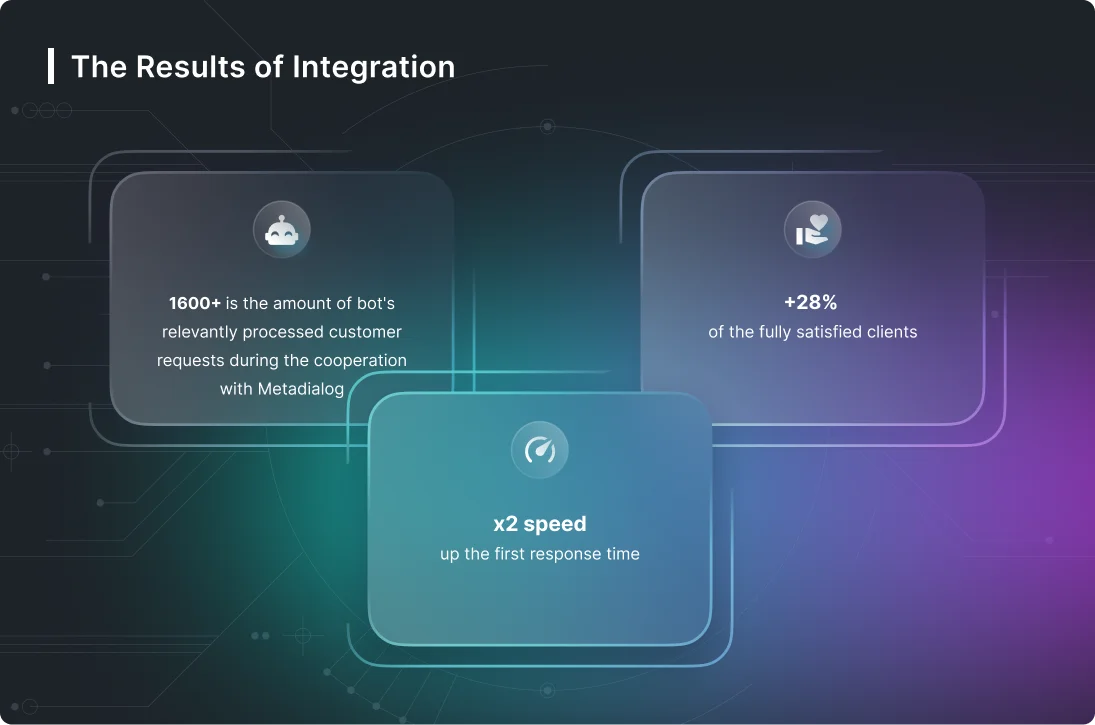Natural Language Processing NLP: What Is It & How Does it Work?

This automatic translation could be particularly effective if you are working with an international client and have files that need to be translated into your native tongue. The single biggest downside to symbolic AI is the ability to scale your set of rules. Knowledge graphs can provide a great baseline of knowledge, but to expand upon existing rules or develop new, domain-specific rules, you need domain expertise. This expertise is often limited and by leveraging your subject matter experts, you are taking them away from their day-to-day work. Other practical uses of NLP include monitoring for malicious digital attacks, such as phishing, or detecting when somebody is lying. And NLP is also very helpful for web developers in any field, as it provides them with the turnkey tools needed to create advanced applications and prototypes.
Exploring Natural Language Processing (NLP) in Detail. by Tech Emma Dec, 2023 – Medium
Exploring Natural Language Processing (NLP) in Detail. by Tech Emma Dec, 2023.
Posted: Sun, 10 Dec 2023 08:00:00 GMT [source]
GRUs are a simple and efficient alternative to LSTM networks and have been shown to perform well on many NLP tasks. However, they may not be as effective as LSTMs on some tasks, particularly those that require a longer memory span. Logistic regression is a fast and simple algorithm that is easy to implement and often performs well on NLP tasks.
Unsupervised Machine Learning for Natural Language Processing and Text Analytics
Like humans have brains for processing all the inputs, computers utilize a specialized program that helps them process the input to an understandable output. NLP operates in two phases during the conversion, where one is data processing and the other one is algorithm development. And with the introduction of NLP algorithms, the technology became a crucial part of Artificial Intelligence (AI) to help streamline unstructured data. Over 80% of Fortune 500 companies use natural language processing (NLP) to extract text and unstructured data value. Many NLP algorithms are designed with different purposes in mind, ranging from aspects of language generation to understanding sentiment. The analysis of language can be done manually, and it has been done for centuries.
The gradient boosting algorithm trains a decision tree on the residual errors of the previous tree in the sequence. This process is repeated until the desired number of trees is reached, and the final model is a weighted average of the predictions made by each tree. In NLP, such statistical methods can be applied to solve problems such as spam detection or finding bugs in software code. We resolve this issue by using Inverse Document Frequency, which is high if the word is rare and low if the word is common across the corpus.
Human language is culture- and context-specific
Do you know what text auto-correction, calendar tools, and email clients have in common (apart from using NLP)? In addition, speech recognition programs can direct callers to the right person or department easily. To understand how these NLP techniques translate into action, let’s take a look at nlp algorithms some real-world applications, many of which you’ve probably encountered yourself. In the second phase, both reviewers excluded publications where the developed NLP algorithm was not evaluated by assessing the titles, abstracts, and, in case of uncertainty, the Method section of the publication.
- There are many open-source libraries designed to work with natural language processing.
- This is useful for tasks like spam detection, sentiment analysis, and topic classification.
- To overcome this challenge, algorithms can be designed to handle language variations by incorporating techniques such as data augmentation, dialect identification, and accent normalization.
- They even learn to suggest topics and subjects related to your query that you may not have even realized you were interested in.
- And while the first tools of this kind were only capable of rudimentary responses, today’s chatbots powered by NLP are remarkably sophisticated (and a tad more helpful).
- In NLP (Natural Language Processing), morphological analysis is the process of identifying and analyzing the morphemes in a word or sentence.
Typically, NLP is the combination of Computational Linguistics, Machine Learning, and Deep Learning technologies that enable it to interpret language data. The world is seeing a huge surge in interest around natural language processing (NLP). Driven by Large Language Models (LLMs) like GPT, BERT, and Bard, suddenly everyone’s an expert in turning raw text into new knowledge. For machine translation, we use a neural network architecture called Sequence-to-Sequence (Seq2Seq) (This architecture is the basis of the OpenNMT framework that we use at our company). Finally, one of the latest innovations in MT is adaptative machine translation, which consists of systems that can learn from corrections in real-time. Text classification allows companies to automatically tag incoming customer support tickets according to their topic, language, sentiment, or urgency.
